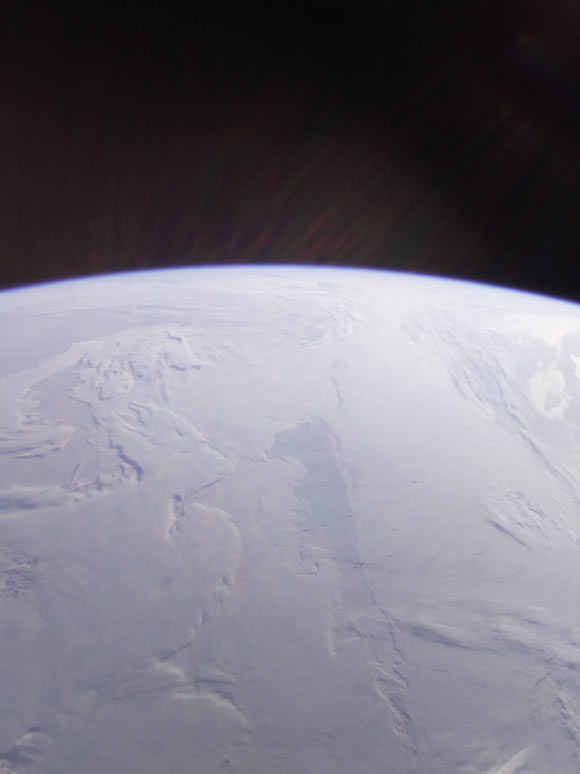X-ray Pulses from Nuclear Explosions Can Deflect Dangerous Asteroids, Researchers Say
Around 66 million years ago, the Chicxulub asteroid impact triggered mass extinction, mega-tsunamis and a spell of global warming that lasted for around 100,000 years. Although NASA’s Double Asteroid Redirection Test…











